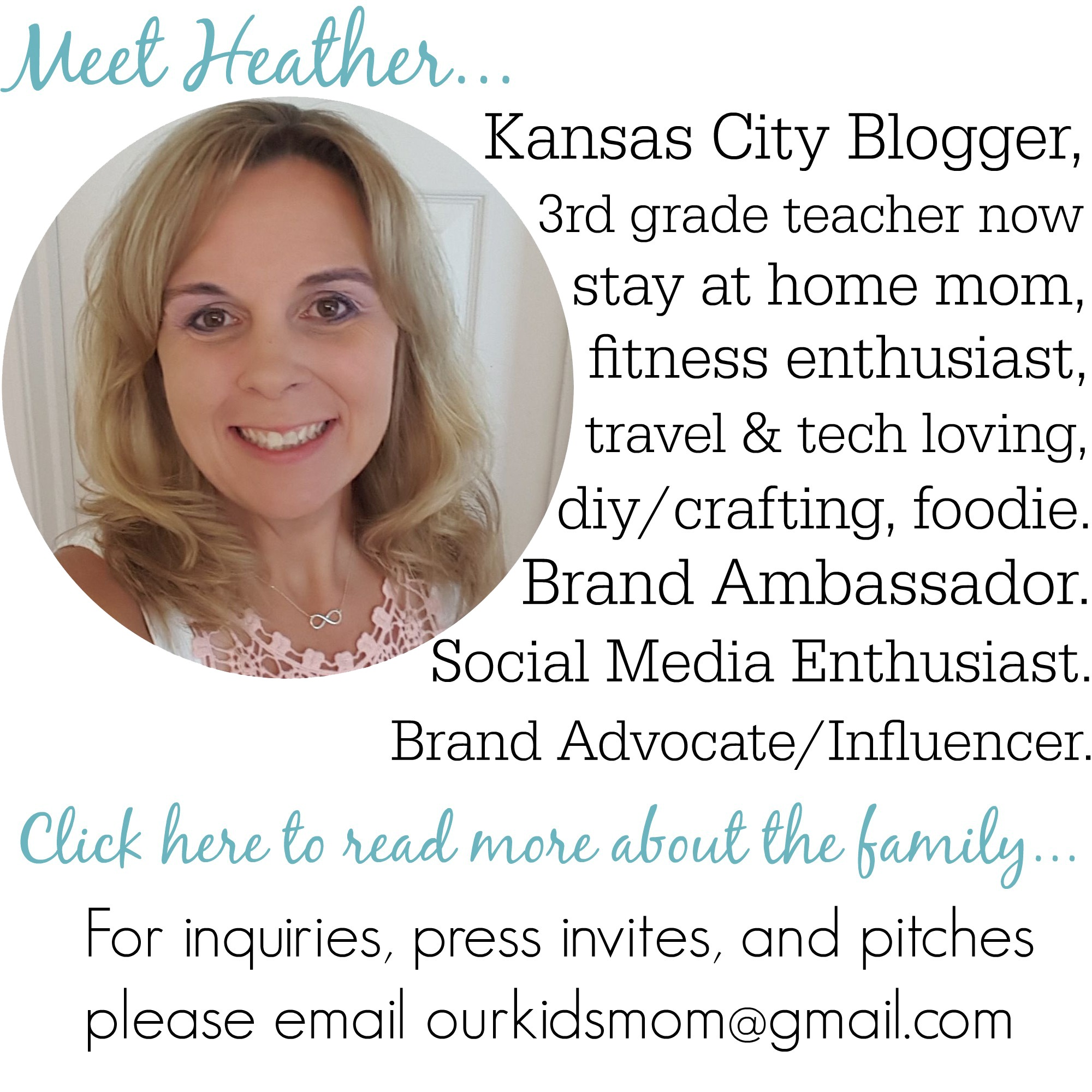I participated in a campaign on behalf of Mom Central Consulting (#MC) for Aflac. I received a promotional item as a thank you for participating.
As October 1 Nears, 7 out of 10 Employers Have Yet to Communicate Employee Benefits Changes. Yet Most Employers Expect More Gaps in Insurance Coverage, More Costs to Employees due to Health Care Reform.
Open enrollment at my husband’s job brings all kinds of anxiety for me. Once upon a time (about 19 years ago) when he first started working there we had amazing health insurance coverage. We paid very little in premiums, even for family coverage, and regular office visits were free with specialist visits only $20. It seriously only cost me $20 to have Joshua… total. Amazing insurance. Fast forward to today… and that plan doesn’t even exist as an option for us now. Now we have to over analyze our or our children’s physical condition and gauge whether it’s worth the financial hit to go to the doctor. I absolutely hate it.
As average annual worker contributions for family health insurance coverage have increased by 89 percent from 2003 to 2013, and more than half (53 percent) of companies have already adopted a high-deductible health plan, the amount of health insurance and medical costs employees are responsible for continues to grow. Yet, according to the Open Enrollment Survey, workers will be at financial risk if they don’t carefully review their employer-sponsored plans:
• 50 percent of employees agreed that $25 is the maximum increase to their monthly health insurance premium that they are able to cover financially;
• 83 percent of workers are only willing to spend up to $1,000 for their health insurance deductible each year;
• 4-out-of-10 employees will have to cut expenses elsewhere to cover the difference if monthly premiums increase; and
• 20 percent will trade down on their benefits package, accepting decreased coverage to get a lower premium.
On top of that, nearly half of employees surveyed (46 percent) have less than $1,000 in savings for medical expenses.
 In order to avoid mistakes, employees need to educate themselves about what their insurance plans actually cover and carefully review policy changes each year. Here are some changes to look for:
In order to avoid mistakes, employees need to educate themselves about what their insurance plans actually cover and carefully review policy changes each year. Here are some changes to look for:
• Prepare ahead of time: Be aware of annual insurance policy changes and compare your new benefits package to your policy from the year before. Do your homework to ensure you choose the right policy that fits your needs and make sure that all of the health insurance costs you’re responsible for are within your budget. Also, review the deductibles and other out-of-pocket costs for health care services and pharmacy purchases you’ll be responsible for paying to ensure your plan offers the coverage you need.
• Don’t make assumptions: Keep in mind that if your company hasn’t made any material changes to its health insurance plan since health care reform legislation was passed in 2010, it may be exempt for now from offering widely discussed essential health benefits, including free preventive services. Ask your HR manager if your policy options changed to include new benefits made available by health care reform.
• Check your spouse’s benefits package: Your employer doesn’t have to offer insurance to your spouse and as costs increase, more companies are cutting this option. Even if your employer does offer your spouse insurance, the company is not obligated to pay anything toward the premium. If your spouse has access to employer-sponsored health insurance through his or her job, it may make the most financial sense to purchase two individual policies as opposed to one family policy.
• Don’t double up: Health care reform legislation requires plans in the individual and small group markets to offer essential health benefits like pediatric vision and dental and, chronic disease management services. Check all aspects of your major medical plan so you know what is covered and what isn’t.
• Examine premium costs carefully: Cheaper isn’t always better, since plans with the lowest monthly premiums likely mean you’ll pay more in co-insurance and receive less coverage.
• Consider supplemental insurance like Aflac to cover such things as accident, hospital or critical illness plans to help reduce rising health care expenses.
When my husband was injured on the job, not only did he continue to receive his sick pay from work but Aflac covered his accident as well. When we received his check it was a welcome surprise because while he was on sick leave he was unable to work any overtime. Our check from Aflac helped cover a few of the extra bills and was a welcome sight.
















We do open enrollment once a year and it’s cumbersome every time! We have never signed up for Aflac, but as the insurance world is changing, I think that it is going to be a more valuable option!
what a mess this has become, my health insurance is by my retiree benefits and they have changed, my prescriptions are higher, much, ,pre copayments…..unfortunately, i agree w/ the rep on this, it needs to be redone. not well thought out at all.